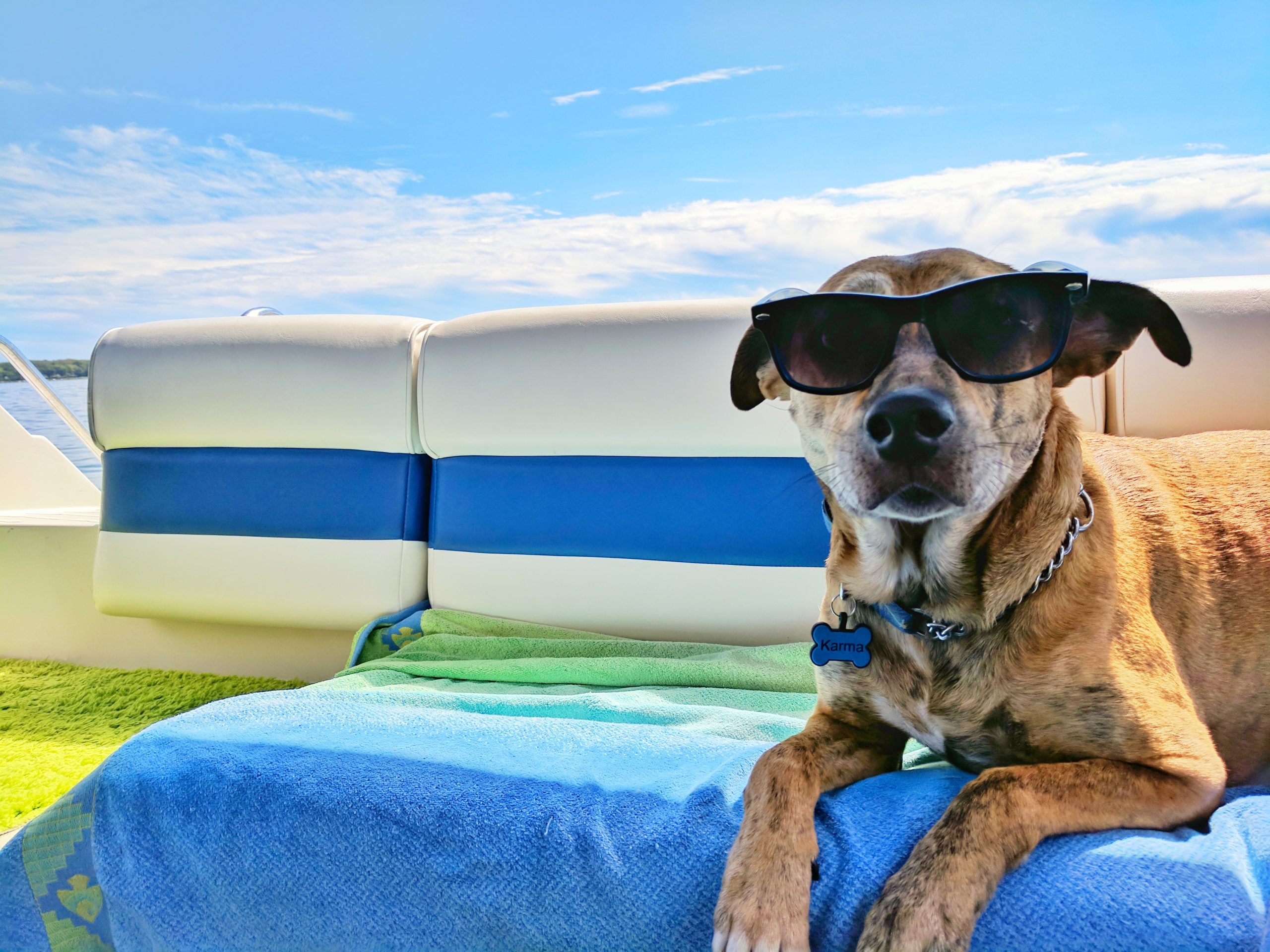
For boaters having a good pair of sunglasses is critical.
Ophthalmologists see photo keratitis on a regular basis among people who spend a lot of time in areas covered with snow, ice, or water, all of which reflect sunlight and increase the overall load on your eyes. And while the symptoms (redness and discomfort, a gritty feeling in the eyes, and extreme sensitivity) are short-term, over time, exposure to excessive UV rays can also do long-term damage to your eyes. According to the American Optometrist Association, the more your eyes are exposed to solar radiation, the greater your risk of developing cataracts or age-related macular degeneration. So, for boaters in particular, having a good pair of sunglasses is critical.
“UV eye damage is well documented,””Cataracts, macular degeneration, pinqueculas and ptereygiums (unsightly growths on the whites of the eyes) — there are several risk factors, but sun exposure is believed to be a primary one. And the skin of the eyelid is very thin and susceptible to skin cancer.”
Protection
There are two essential attributes all sunglasses should have from the protective perspective: They should block out 99% or more of the sun’s UV-A (invisible long wavelength) and UV-B (invisible short wavelength) radiation, and they should cut visible light transmission (VLT) intensity by at least 75%.
Many manufacturers of quality sunglasses specify how much VLT their lenses block, but not all do. Some may instead rank them by category, from zero (blocks about 20% or less) to four (blocks about 90%-plus). In most cases, category three is best for boaters, blocking between 80% and 90% VLT. But there’s no “official” international standard for these categories, so do your homework and check how a manufacturer defines them before purchasing.
Boaters should add a third feature, polarization, as a matter of safety. Polarization in and of itself doesn’t offer your eyes additional protection, but its glare-reducing effect does help you see through the water more clearly. That means you’re more likely to spot things like sandbars, coral, or logs sitting just under the water’s surface. Anglers enjoy the added bonus of being able to better spot the fish they’re chasing. Polarization may make many LCD screens, including some chartplotters and fish-finders, a bit more difficult to see when viewed from an angle. But the trade-off is worth it.